Tips to Make your Garden Cozy for Winter!
October is your golden ticket to ensuring your garden is cozy and ready for winter! Beat the last-minute fall frenzy by prepping your garden before winter swoops in. Don’t let the soggy Powell River winter rain on your parade of garden tidying. Here’s your handy checklist, to ensure your garden is snug and ready before winter comes knocking.

Planting Fall & Winter Vegetables
Fall veggies offer a bounty of fresh produce during the cooler months. To get started, it’s important to choose the right vegetables that thrive in these conditions. Some ideal choices for fall and winter planting include kale, spinach, broccoli, brussels sprouts, and carrots. These hardy vegetables can withstand lower temperatures and even improve in flavor after a frost.
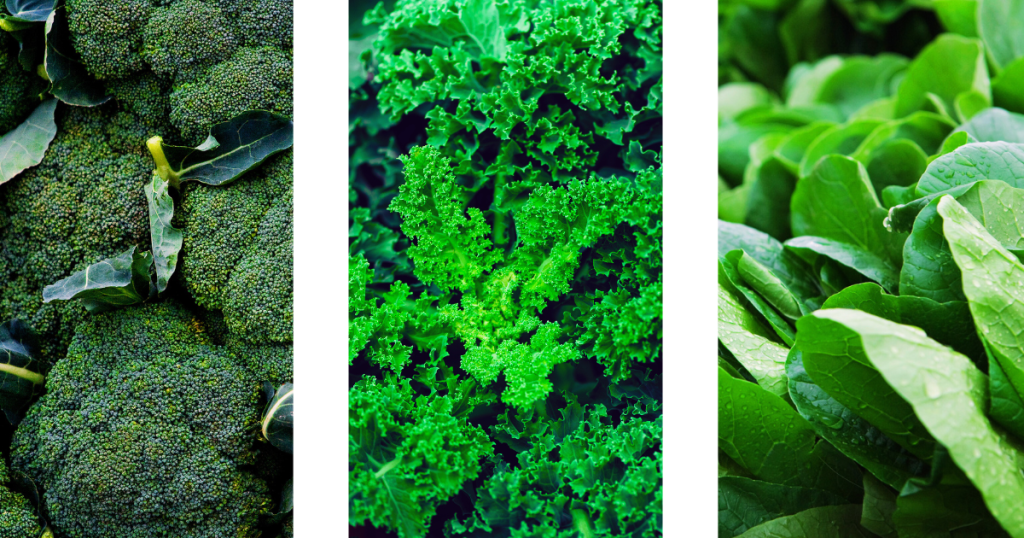
To begin, prepare your garden beds with rich, well-drained soil, and consider adding compost to boost nutrient levels. As well, if you’re in a region with particularly harsh winters, using cold frames or row covers can provide extra protection and extend your growing season.
Timing is key when planting for fall and winter harvests. Start by sowing seeds in late summer or early fall, ensuring they have enough time to mature before the first hard frost. Keep an eye on the weather forecasts and adjust your planting schedule accordingly.
With proper care and attention, your fall and winter vegetable garden can provide a delightful array of fresh produce, adding both flavor and nutrition to your table during the colder months.
The Great Perennial Divide

Dividing Perennials is a wonderful way to rejuvenate your garden and ensure your plants remain healthy and vibrant. Over time, perennials can become crowded, leading to decreased blooms and vigor. By dividing them, you not only give them more space to grow but also create new plants to share with friends or expand your garden.
To begin, dig around the plant, being careful not to damage the roots. Lift the plant out of the ground and shake off excess soil to clearly see the root structure. Using a sharp, clean knife or spade, divide the plant into smaller sections, each with its own set of roots and shoots.
Once divided, replant the sections at the same depth they were originally growing, spacing them appropriately to allow for growth. Water them thoroughly to help them settle into their new locations. With proper care, your divided perennials will thrive, adding beauty and life to your garden for years to come.
Tree Planting
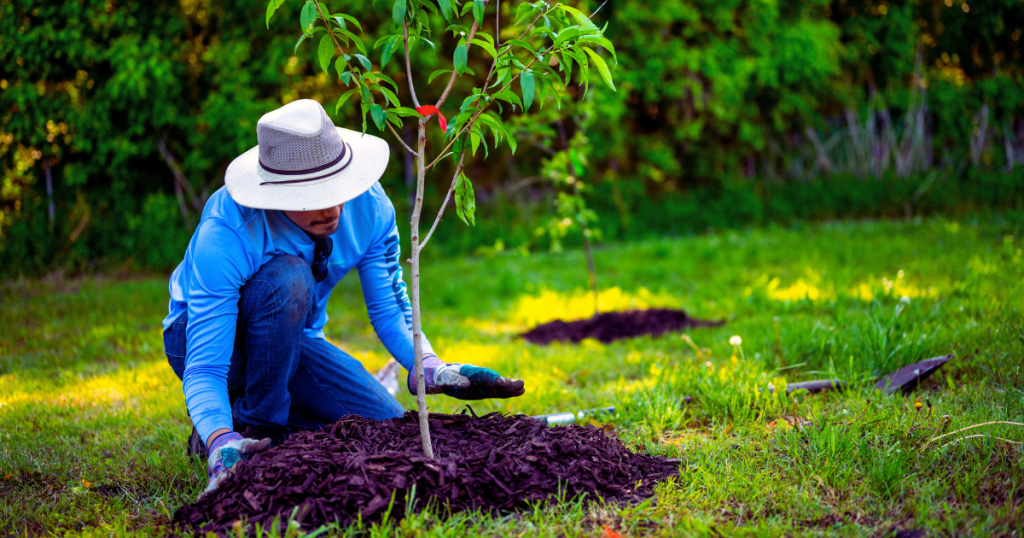
October presents a wonderful opportunity for planting trees and given that our winters are relatively mild in Powell River, you have ample time to do so. Right now the soil is still warm so transplanted trees will happily root into the ground to establish themselves before winter sets in.
Consider choosing native species, as they are well-adapted to the local climate and soil conditions, requiring less maintenance and offering more ecological benefits. Planting now means that come spring, these trees will be ready to burst into life with vigor and resilience.
Additionally, fall planting minimizes stress on trees, as cooler temperatures and increased moisture levels support steady growth. Remember to water your new trees thoroughly and apply a layer of mulch to protect their roots during the colder months. By investing a little time and effort this fall, you’ll enjoy the rewards of a thriving, picturesque landscape for years to come.
Bulb Planting

If you want loads of easy spring flowers, start your bulb shopping now and planting soon after. October is prime spring bulb planting time.
Consider a range of bulbs to create a vibrant and diverse garden. Daffodils, tulips, and hyacinths are popular choices, each bringing their unique splash of color and fragrance. When planting, ensure the bulbs are placed at the correct depth and spacing for optimal growth. A sunny spot with well-drained soil will provide the best results. As you plant, imagine the cheerful blooms that will greet you come spring, transforming your garden into a lively tapestry of colors. Remember to water the bulbs lightly after planting and apply a layer of mulch to protect them from winter’s chill. With a bit of preparation now, you’ll be rewarded with a breathtaking display that signals the joy and renewal of the season.
Mulching

As you prepare your yard and garden for fall, it’s an excellent opportunity to refresh your mulch or add new layers to areas that may have been overlooked in the spring. Given our winters, you can apply mulch at almost any point during the fall and winter. However, it’s ideal to do this when there’s no snow covering the ground, so you can clearly see where to place it and determine the appropriate depth.
Composting
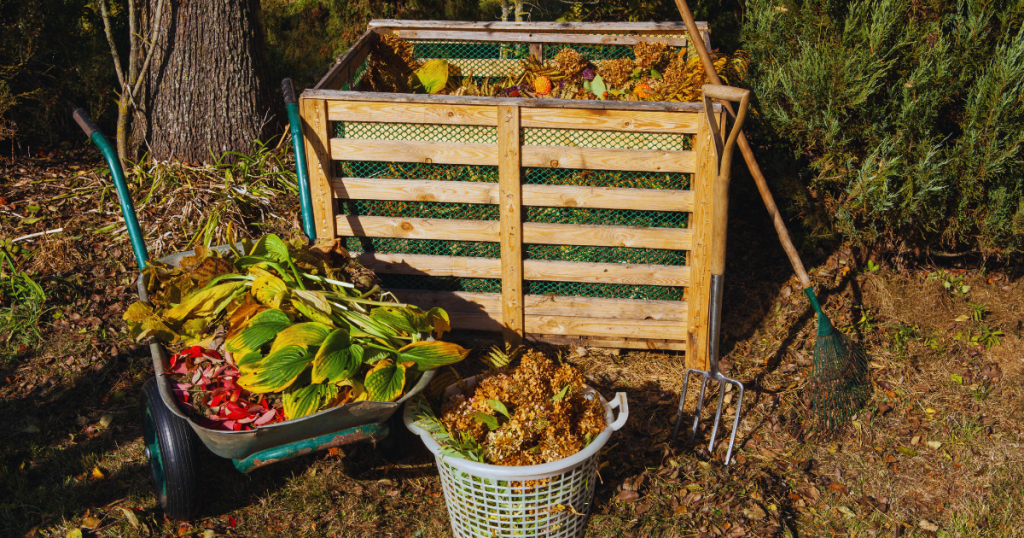
If you’ve been turning your compost regularly, there’s a good chance you’ve got some lovely soil additive to work into your garden beds by now. If your compost isn’t quite ready to use yet, don’t forget to add all your veggie and flower plants to the compost bin as you pull them out for winter. You can also add pulled weeds to the compost, as long as they haven’t gone to seed yet. This should be done before we get much frost.
Sowing a Cover Crop
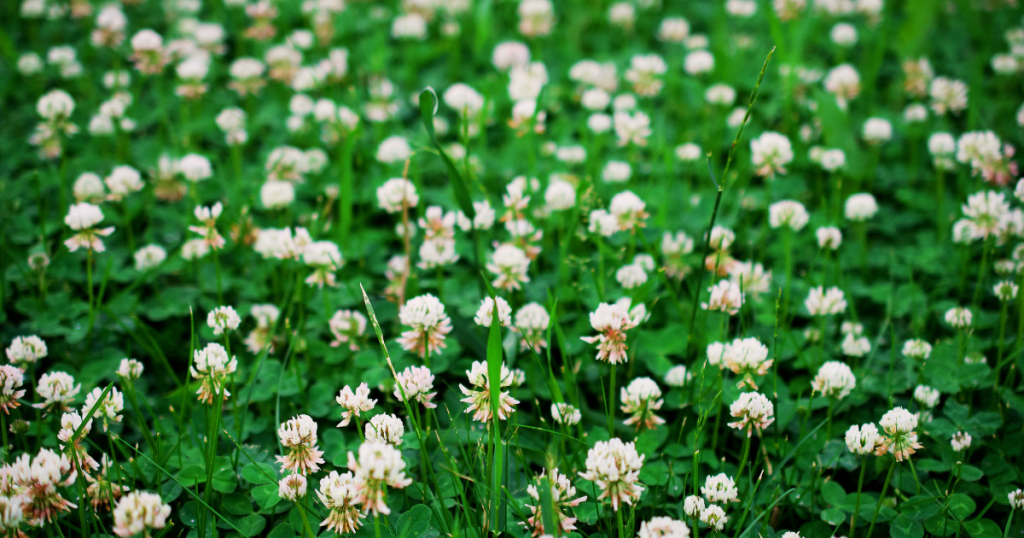
Cover crops assist in restoring balance to your soil. They attract flying insects, such as pollinators and birds to them. Bird and insect poop contains many nutrients needed for your soil. This is one way cover crops help. Cover crops also boost nitrogen, break up compacted soil and improve water infiltration.
Sow cover crops into your soil after the season for edible crops are finished or in between plants still growing now such as tomatoes and cucumbers to get a head start on cultivating a strong cover crop. Plan to grow cover crops between fall and winter and some from spring to summer. There are 3 types of cover crops. Grains, legumes, and broadleaves.
Tool & Mower Maintenance
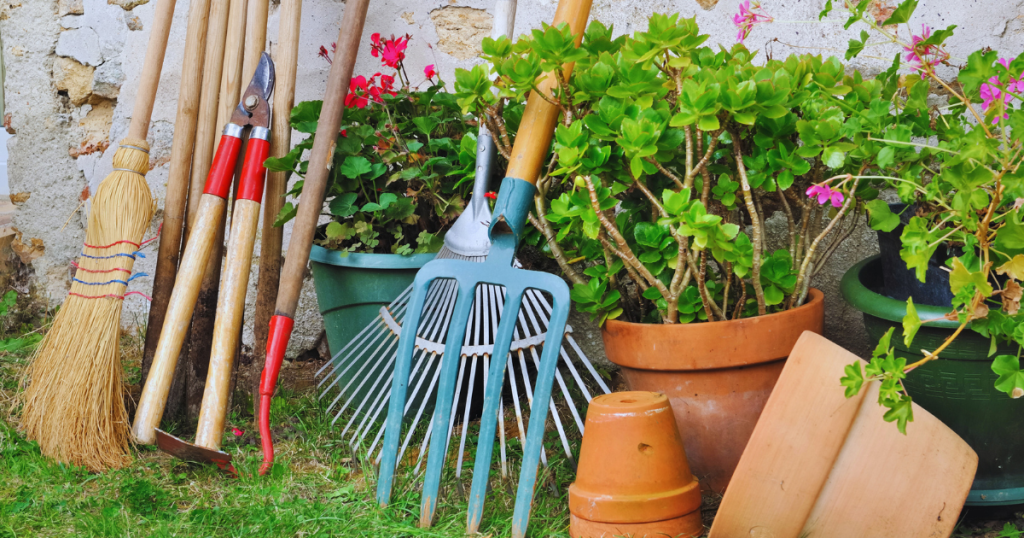
Once your outdoor garden chores are done, it’s a good idea to spend a little bit of time on tool maintenance before you put them away for the winter. Give your tools a good scrub down to remove dirt and sap, sharpen blades, oil metal pieces, and condition wooden handles. Clean, sharp tools make spring much more enjoyable. It’s also the perfect time to get your lawnmower in for a tune-up; small engine mechanics will be a little less busy now than in the spring!
There you have it! A perfect to-do list that will keep you busy in the garden until the snow flies!
Stay in Touch With Us!
Be the first to find out about new arrivals, in store only specials, flyer sales, workshops and more! Subscribe to our weekly newsletter.
